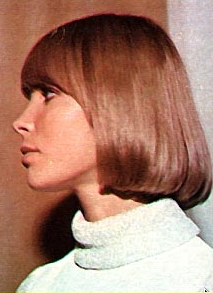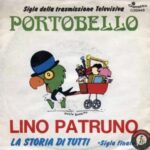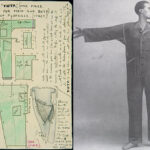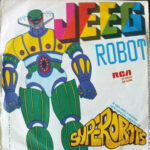October 8, 2024 Mode characters common stories
This phenomenon was so widespread that virtually everyone was selling them.
Wigs. An irresistible accessory strongly associated with the 1960s and 1970s

It is almost impossible to tell the story of the 1970s without talking about wigs.
In fact, this fashion accessory of the era was inextricably linked to the 1960s and 1970s.
In fact, like so many things that can be traced back to the 1970s, wig fashion began in the previous decade.
Therefore, by 1970, this fashion had already reached its peak.
Today, the use of wigs is limited to film and theater, to entertainers’ costumes in nightclubs and resorts, and especially to people suffering from serious illnesses.
This was not the case 30 years ago.
Designers considered the wig as an accessory to be added to the dress-shoe ensemble.
In those years, fashions changed from year to year, and hairstyles adapted to these changes.
Dyes were far from the safety of today, so the wig allowed for a change in hairstyle.
For those who were not inclined to change their look, the wig perfectly matched their hairstyle, so they could always have their hair ready for outings without having to go to the hairdresser.
Consider that in the late 1960s and into the 1970s, one in three women wore at least one wig to understand the extent of the phenomenon.
The favorite place was the now-classic bedroom dresser, from which the typical hair sprouted.
The materials used could be either synthetic or natural hair.
This, of course, conditioned the cost, even and especially the maintenance.
A wig made of kanekalon fiber was practically always available : it only needed to be brushed.
However, it had the great disadvantage that the hairstyle could not be varied.
The cut and the color always remained the same.
For the most demanding customers, there were (and still are) natural hair wigs.
In fact, while it is true that the weave must always be identical to one’s own hair, it is also true that it is possible to change the weave, curly or straight, and even the color.
So the contribution of the hairdresser was essential, just observe how many styrofoam heads on which the wig was placed in their shops.
But not only hairdressers sold wigs.
The phenomenon was so widespread that practically everyone sold them: perfumeries, supermarkets and department stores.
There were even advertisements in newspapers that it was possible to buy a wig by mail order for as little as 5,000 lire.
Of course, men’s wigs were also at the top of the list, which is understandable considering that those were the years when voluminous locks reigned supreme.
But the hairpiece fashion, like the most representative fashions of the 1970s, came to an abrupt halt towards the end of the decade : either because kitchen fashions were no longer in vogue (and wigs somewhat), or because strong styles had faded in favor of much softer and more natural looks (just think of makeup), or because hair dyes had negative effects on the hair over time, which were increasingly reduced.
In short, by the 1980s, wigs had virtually disappeared except in the dusty attics of a few people who loved the past.




